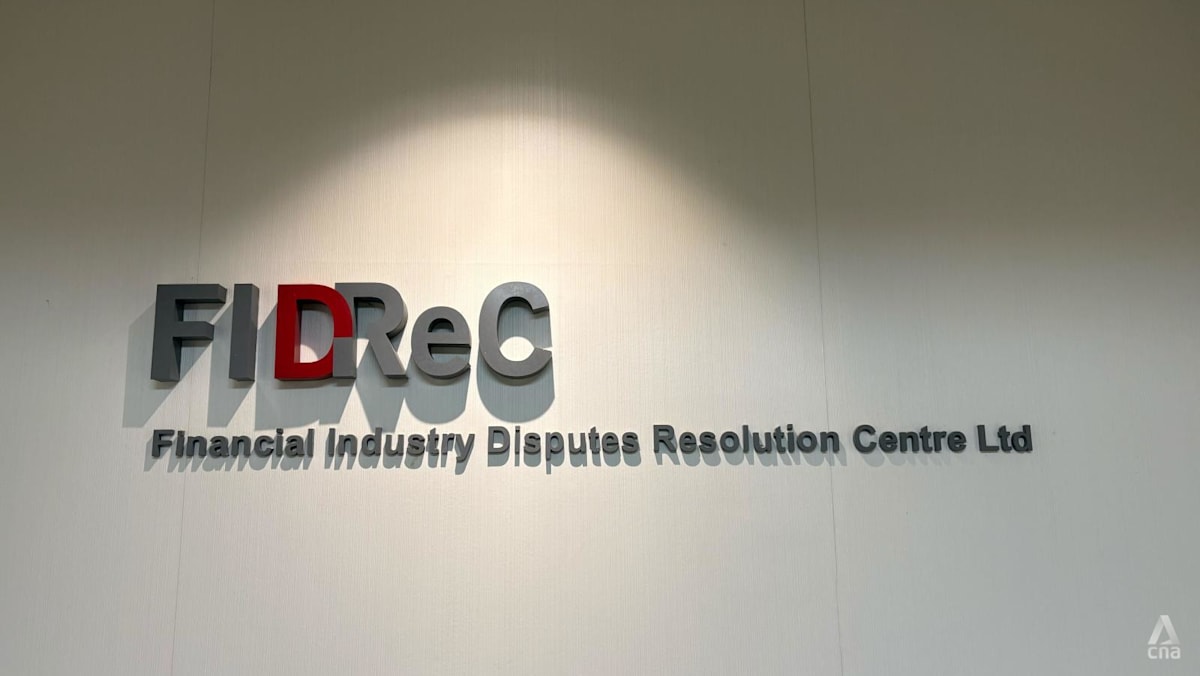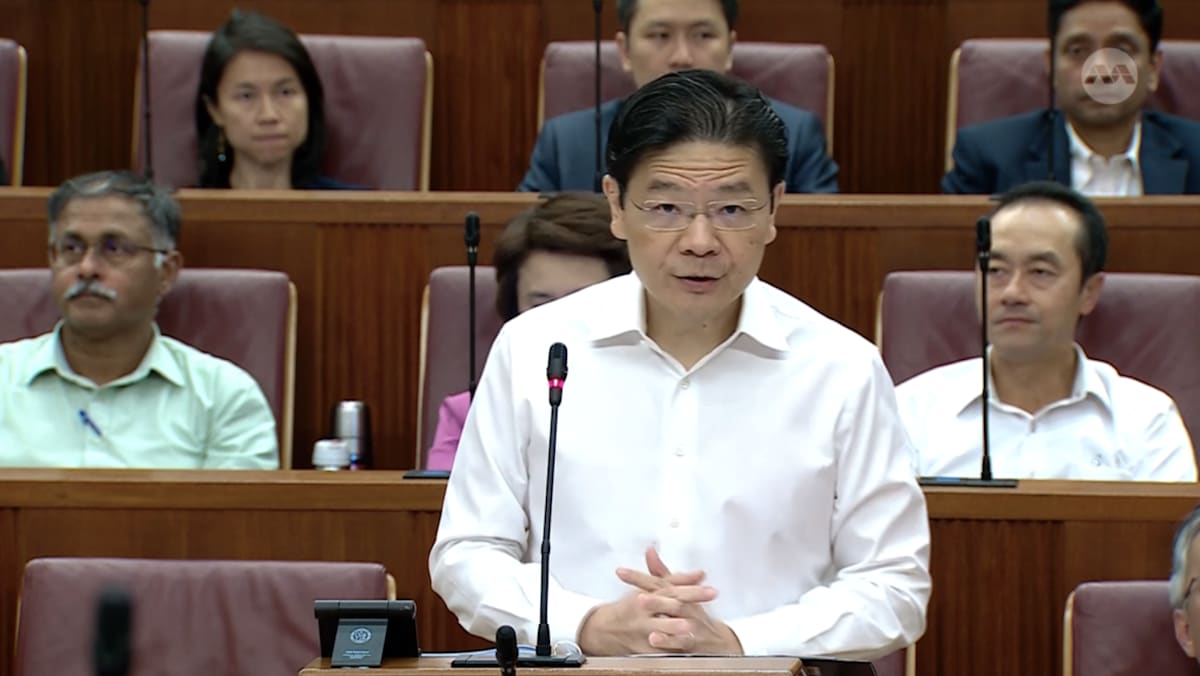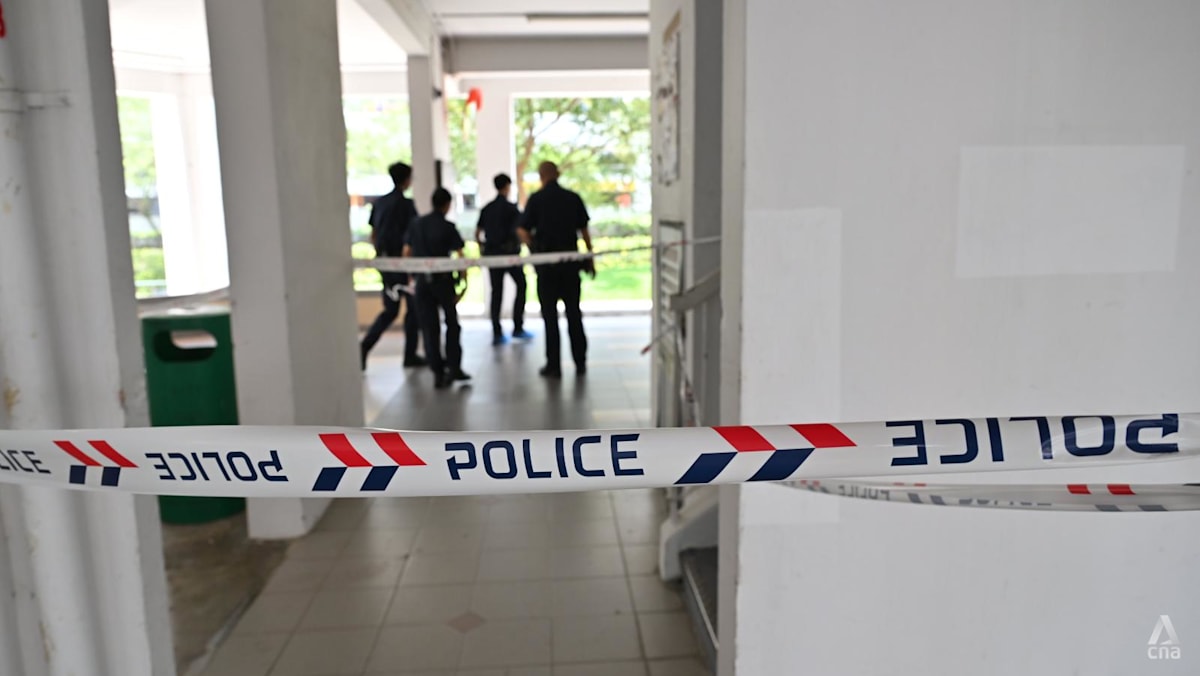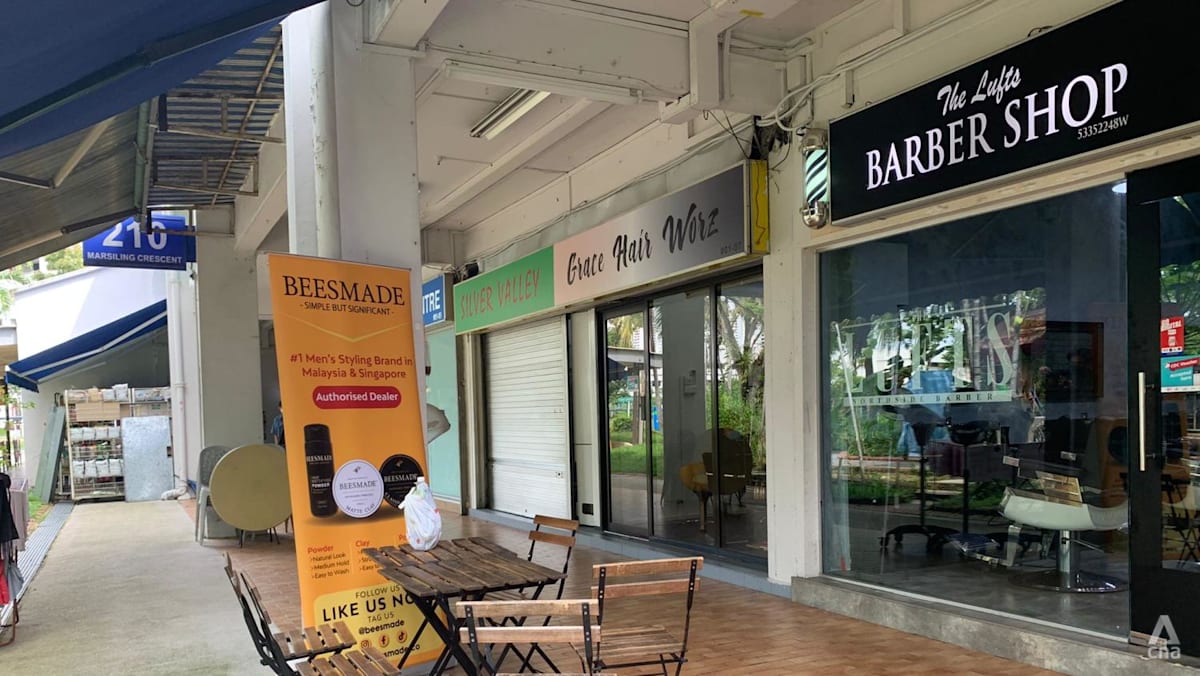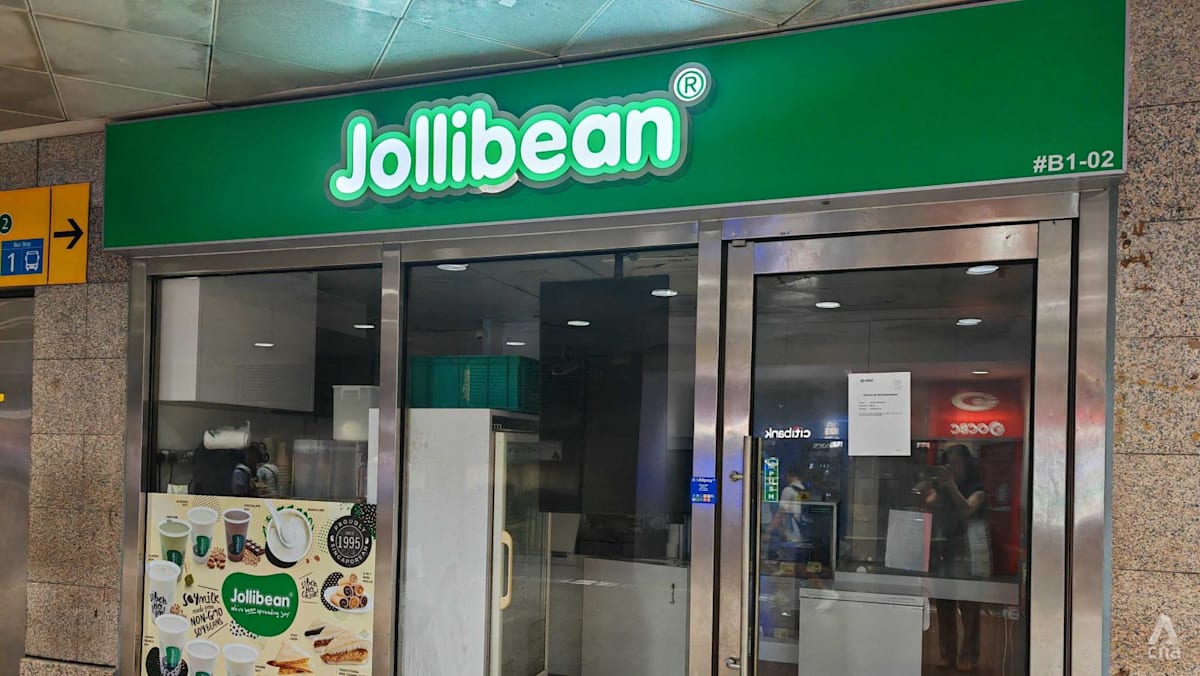Ms Chua said the size of the settlement is usually between 10 per cent and 30 per cent of the amount lost.
“The successful cases tend to be true goodwill kind of situations where there’s a very sympathetic circumstance,” she said, giving examples of elderly consumers or customers who are suffering from illness.
“Our financial institutions do look at these truly sympathetic factors outside of responsibilities,” said Ms Chua.
“Sometimes the bank will … find that it’s the customer’s fault, but still I want to try to help you, or at least share in this loss that you’re suffering by giving … not a full amount, but some percentage,” said Mr Kenneth Har, director of alternative dispute resolution at FIDReC.
A customer who reports their case promptly and cooperates with the bank or police investigations may also have a higher chance of success.
The challenges in seeking redress remain significant, said FIDReC, noting that clawback options are scarce once funds are transferred out, and consumers do have the responsibility of monitoring alerts and protecting their access credentials.
GOVERNMENT-LED FRAMEWORK “LIMITED”
Singapore’s Shared Responsibility Framework also has limitations, as it only applies to phishing cases involving fake sites, while authorised transactions and card-to-wallet fraud is not covered, said FIDReC.
The guidelines spell out the duties of consumers, financial institutions and telecommunications companies in mitigating the risk of seemingly authorised transactions.
They also clarify the allocation of responsibility for losses arising from such transactions. The Monetary Authority of Singapore and Infocomm Media Development Authority announced that the framework would take effect in December 2024.





